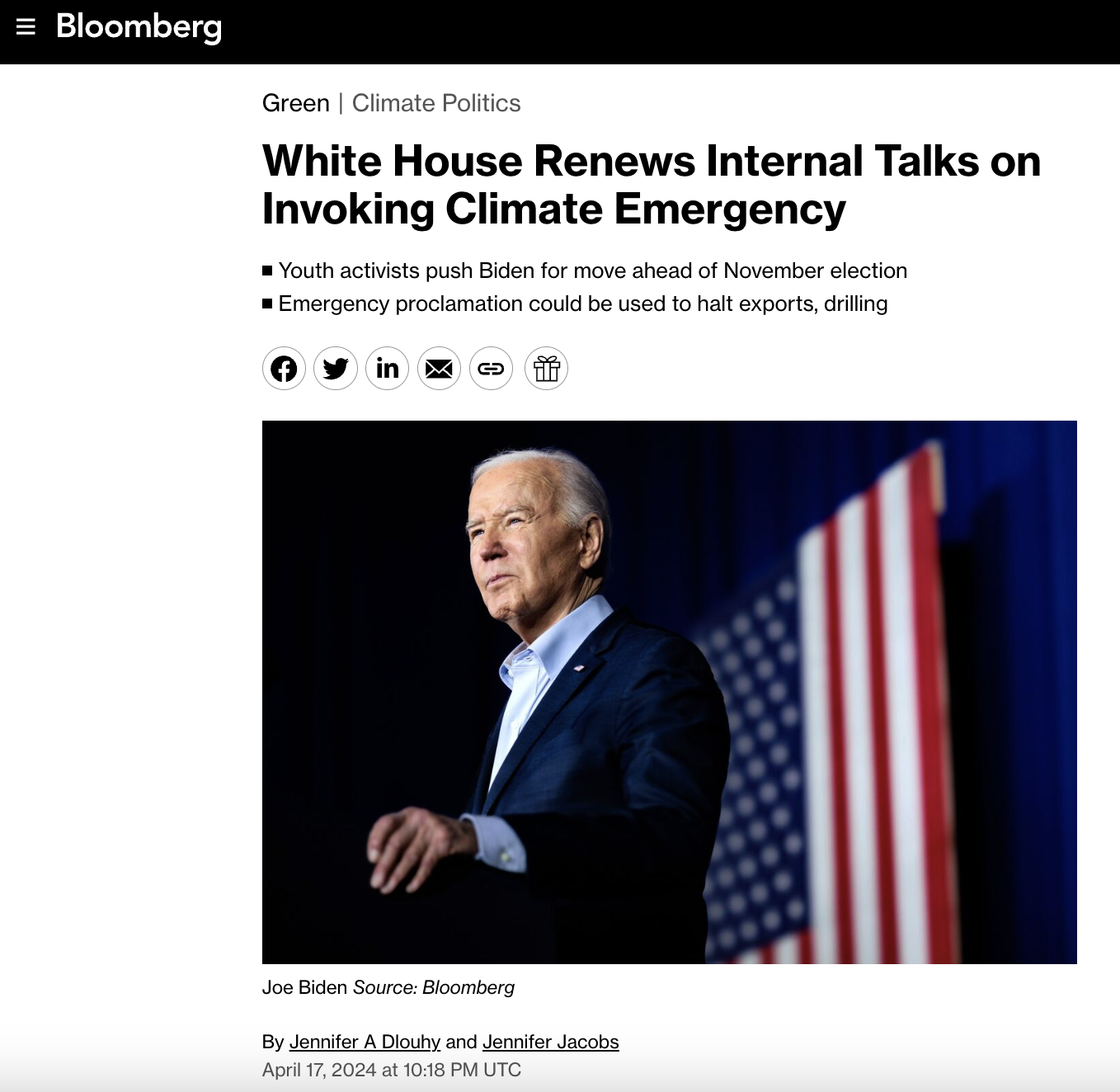http://www.thegwpf.com/climate-predictions-its-worse-than-we-thought/
As the temperature of the eastern U.S. normally reaches its summer maximum around the last week of July, every year at this time we are bombarded with tired “climate change is worse than we thought” (WTWT) stories.

These stories take time to produce, from imagination to final copy to editing to publication, so they have usually been submitted well in advance of the summer peak. Hence, orchestrated fear.
For once, I’m in agreement about the WTWT meme, but it’s about the climate models, not the climate itself.
Every seven years or so, our friends at the United Nations Intergovernmental Panel on Climate Change (IPCC) produce a new “scientific assessment” of climate, including forecasts to the year 2100 (and, in some cases, even beyond). These reports have only one basis: quantitative calculations known as “general circulation models,” or increasingly comprehensive “earth system models.”
Each report is based on a suite of standardized models that are collated into a “Coupled Model Intercomparison Project” (CMIP). The fifth one, CMIP5, was the forecasting basis for the last (2013) IPCC report.
Anyone can access the CMIP models at a Netherlands website known as KNMI Climate Explorer. A few years ago, John Christy, now interim dean of science at the University of Alabama in Huntsville, did just that and plotted the output of all 32 families of models over the vast tropics. He looked at the whole lower atmosphere there, from the surface up to the stratosphere, and found that the models were predicting twice as much warming since 1979 than had been observed at altitude—a critical systematic error that misdirects the prime moving force for the earth’s global climate circulation, driving everything from agriculturally critical midlatitude precipitation to the likelihood of hurricane formation.
One model got it right: the Russian INM-CM4 (Institute for Numerical Mathematics–Climate Model Four), but it also predicted the least warming—by far—of all the CMIP5 models.
At the surface, the 2013 IPCC report predicted a climate “sensitivity” (the amount of warming resulting from the doubling of atmospheric carbon dioxide) of 1.5⁰C–4.5⁰C, based on the spread of the CMIP5 models. The sensitivity of the cold Russian model was 2.1⁰C.
You’d think that, in the seven-year period between CMIP5 and CMIP6, the modeling community would address the critical errors that all the other models were making. But CMIP6 models are out and are indeed “worse than we thought.” While their error in the tropical atmosphere is very close to the same as it was in CMIP5 (which isn’t good), the range of global predictions is even larger than before. This is also not a good sign, especially because it has been documented that the models are “tuned” to give an answer that the modeling team wants.
Full post
The post Climate Predictions: “It’s Worse Than We Thought” appeared first on The Global Warming Policy Forum (GWPF).


